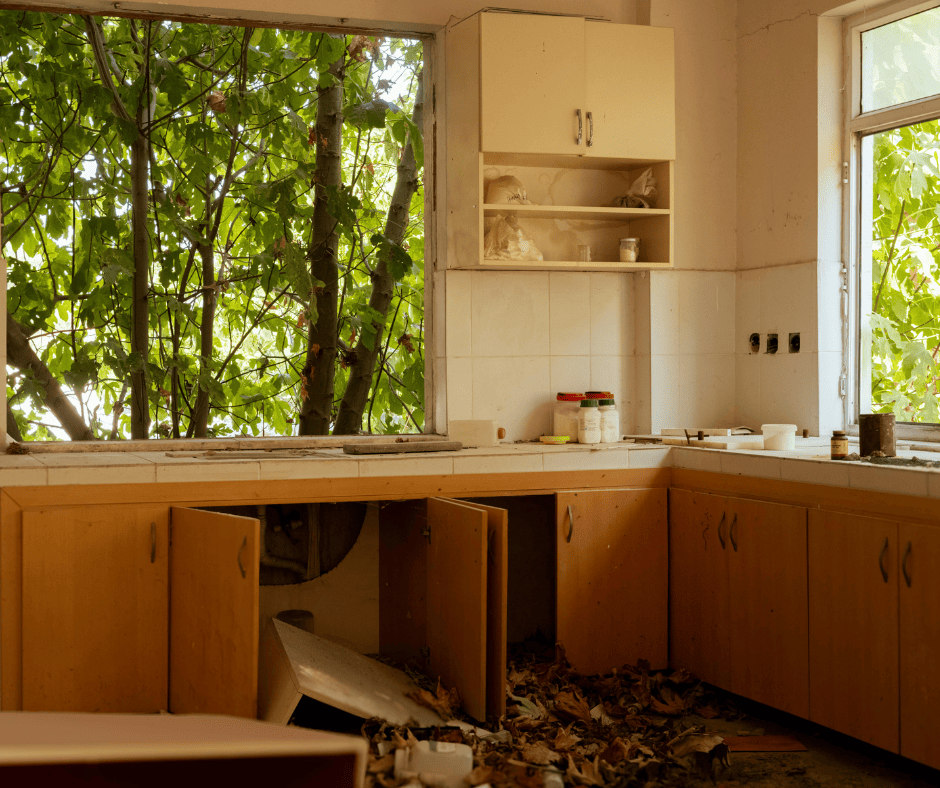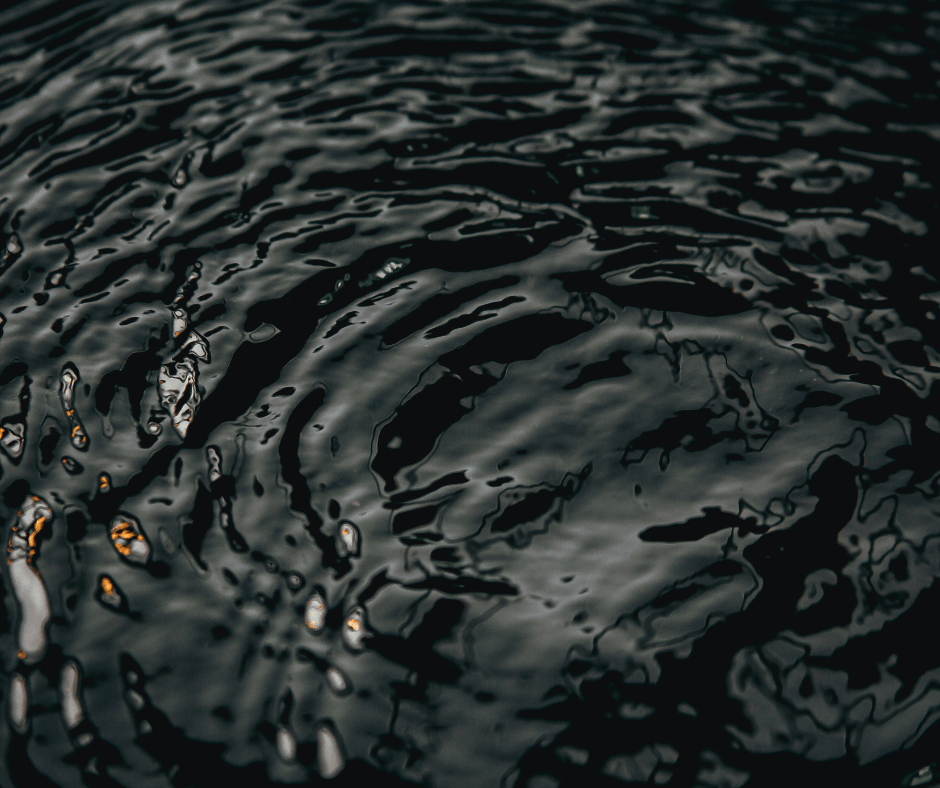How to Clean Floor After Flood: A Certified Guide to Water Damage Restoration
A flood can leave a trail of destruction in its wake, and your floors are often the first to suffer. Standing water can cause irreversible damage to hardwood, laminate, and subfloors, and it can create an environment for mold and bacteria to thrive.
Knowing how to clean the floor after a flood is not just about aesthetics; it’s about protecting your home’s structural integrity and the health of your family. At Technique Flooring And Restoration, we are IICRC-certified professionals with over 35 years of commitment and experience in water damage restoration. We provide comprehensive solutions with expert knowledge and a mission to deliver astounding results.

The Immediate Actions: Mitigating Damage
The first few hours after a flood are critical. The faster you act, the more likely you are to save your floors.
- Safety First: Before you do anything, ensure the area is safe. Turn off the electricity to the flooded zone to prevent a shock hazard. Do not wade into water if you are unsure of its contents.
- Remove Standing Water: The first step in how to clean the floor after a flood is to remove the standing water. We utilize professional water extraction equipment that is designed to pull out water from carpets, hardwood, and even concrete subfloors. A consumer-grade shop vacuum simply cannot match the power of this equipment, which is essential for a thorough water extraction.
- Remove Damaged Materials: All porous materials that have been in contact with floodwater must be removed. This includes carpets, carpet padding, and any drywall that has been soaked. Floodwater is considered “black water” and is highly contaminated, and these materials will not be salvageable.
The Professional Process: Restoring Your Floors
Once the initial water extraction is complete, the true restoration process begins. Our experienced professionals follow a meticulous, certified process to ensure a superior quality restoration.
Drying and Dehumidification
This is the most important step in preventing mold. We use industrial-grade air movers and dehumidifiers to thoroughly dry out the area.
We monitor moisture levels in the floor and walls using specialized equipment to ensure every ounce of moisture is removed. This process can take several days, but it is a non-negotiable step to prevent mold and further structural damage.
Decontamination and Sanitization
After the area is completely dry, we move on to decontamination. Floodwater can leave behind bacteria, viruses, and other pathogens.
Our IICRC-certified technicians use professional-grade sanitizing agents to thoroughly clean all surfaces. This is a crucial step for the health and safety of your home’s occupants.
Restoration and Repair
Once the area is dry and sanitized, we can begin the restoration process. We can assess the damage to your subfloor and determine if it can be saved or if it needs to be replaced.
We can then begin to reinstall your new flooring, whether it’s hardwood, tile, or carpet.

Trusting the Experts: Our Certified Promise
Knowing how to clean the floor after a flood requires more than just a mop and bucket. It requires professional equipment, expert knowledge, and a commitment to customer satisfaction. For over 10 years, Technique Flooring & Restoration has been recognized as The Best of Central Texas for our award-winning service and comprehensive solutions.
Our mission is to provide astounding restoration solutions, and our IICRC-certified technicians ensure that you receive excellent service and a 100% satisfaction guarantee. We are a trusted provider for all your water damage and flooring needs.
A flood is a stressful event, but knowing how to clean the floor after a flood can help you regain control. By entrusting the process to certified, experienced professionals, you can ensure a superior quality restoration that protects your home and your family.
Visit Us or Call Us at our showroom location in Killeen, TX. We proudly service Bell County, Coryell County, Lampasas County, Williamson County, and Burnet County.
